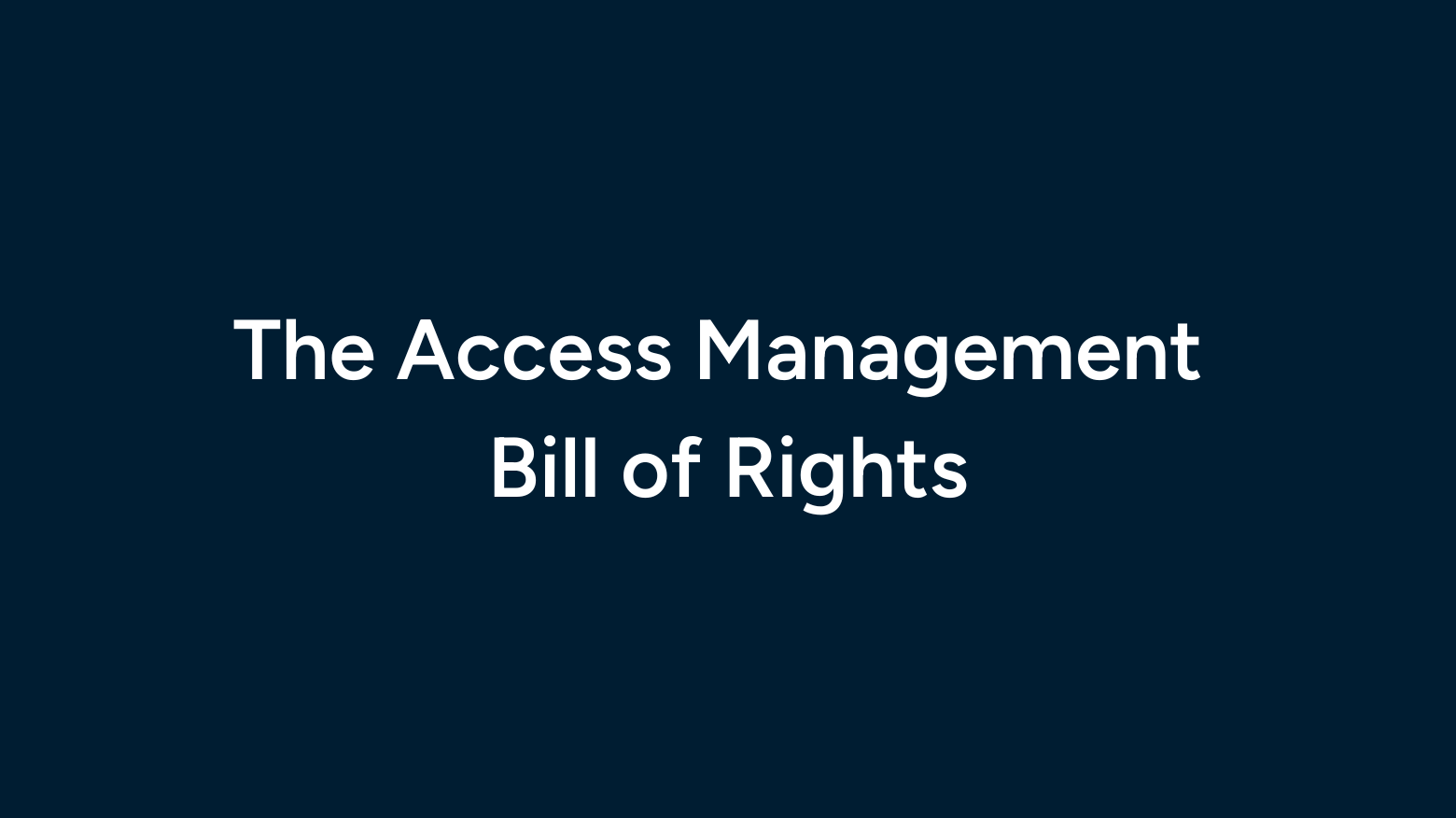

Written by
Tim PrendergastLast updated on:
September 6, 2024Reading time:
Contents
Built for Security. Loved by Devs.
- Free Trial — No Credit Card Needed
- Full Access to All Features
- Trusted by the Fortune 100, early startups, and everyone in between
I'm continuously shocked by how poorly the PAM industry has treated customers to date. Shame on CyberArk, Delinea, and all the rest of you for persisting with such predatory models.
- The business model is "squeeze the blood out of them, then squeeze harder."
- The deployment model is "you'll never stop paying our Professional Services fees if you ever want a deployment."
- The support model is "you'll pay maintenance forever because you can't keep this stuff alive without us, much less upgrade it."
- The adoption model is "it's supposed to be painful, you'll get used to it."
The world deserves better. YOU deserve better.
Here's my bill of rights for admins and privileged users:
- You have the right to a product that covers your entire infrastructure, not just the 4 things your PAM or secret store decided are enough.
- You have the right to streamlined, simple deployment without the need for professional services.
- You have the right to not fear, but embrace your PAM partner because they actually care about solving your problems and not the balance in your bank account.
- You have the right to say "YES!" because anyone can use the technology to do their job without suffering.
- You have the right to get time back because automation, cloud-native concepts, and resiliency were design principles from day one.
- You have the right to full visibility of activities, and should have the option to connect it all to your monitoring tools so that you have the security awareness to react to events and make good decisions.
- You have a right to simply and easily produce access-related evidence for audits and investigations.
- As a privileged user, you have a right to securely and easily connect to the infrastructure needed to do your job using your preferred tools or methods.
- You have a right to easily add new technologies to your stack, knowing that it will not take weeks or months of work to be added to your privileged access management tool.
- You have the right to be confident that all access tied to a specific user has been deprovisioned when they change teams or get a new role.
- You have the right to easily request access to the tools you need, and have those requests approved and provisioned, or declined, within a reasonable timeframe–not days or weeks.
- You have the right to an easily-managed identity lifecycle across your infrastructure, supported by open standards such as SCIM, OIDC, and SAML, so you can meet compliance requirements.
You deserve better than the solutions provided by PAM providers. And this bill of rights is the starting point for demanding it.
Your PAM shouldn't scare you and your users to death. Make a change—StrongDM is the Zero Trust PAM platform (a better, more modern and flexible PAM) that puts you back in control of your business. Our G2 customer reviews can't be beat!
Next Steps
StrongDM unifies access management across databases, servers, clusters, and more—for IT, security, and DevOps teams.
- Learn how StrongDM works
- Book a personalized demo
- Start your free StrongDM trial


About the Author
Tim Prendergast, Chief Executive Officer (CEO), before joining StrongDM, Tim founded Evident.io—the first real-time API-based cloud security platform. In 2018, Palo Alto Networks (PANW) acquired Evident.io, and Tim joined the executive team at PANW. As the first Chief Cloud Officer, Tim helped outline GTM and product strategy with the C-suite for the cloud business. Tim also served as the principal architect for Adobe's Cloud Team, designing and scaling elastic AWS infrastructure to spark digital transformation across the industry. Tim’s love for innovation drives his interest as an investor in true market disrupters. He enjoys mentoring startup founders and serving as an advisor.
You May Also Like




